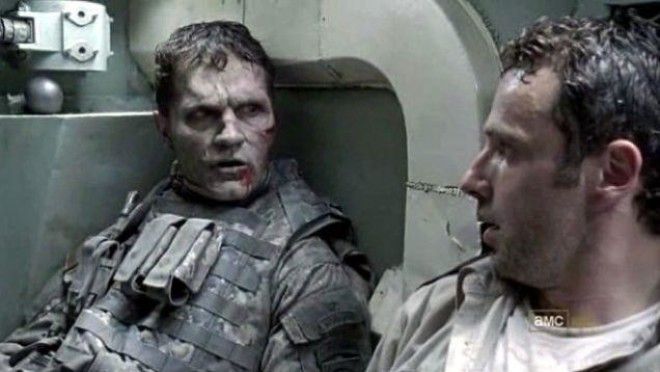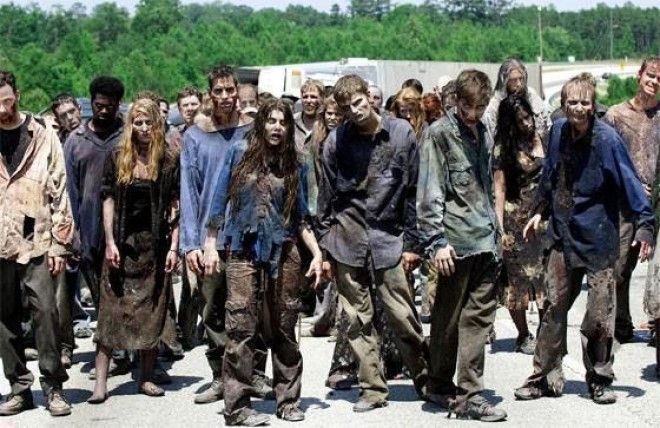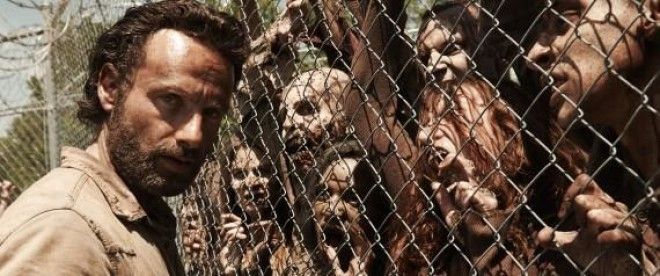
"Modeling zombies takes you through a lot of the techniques used to model real diseases, albeit in a fun context," says Alex Alemi, a Ph.D. student in Cornell's Physics Department. "A lot of modern research can be off-putting for people because the techniques are complicated and the systems or models studied lack a strong connection to everyday experiences. Not that zombies are an everyday occurrence, but most people can wrap their brains around them."
Alemi and his colleagues are not the first to enlist zombies in disease outbreak planning. The Centers for Disease Control and Prevention provide a zombie preparedness plan that, as we've noted before, involves pretty much the same things recommended for all sorts of other emergencies. (Although it leaves out the garlic and sharp sticks handy for vampire outbreaks.) Even the Pentagon got in on the act.

However, Alemi's team are trying to introduce a little more scientific rigor into their zombie plans. They took the techniques epidemiologists use to forecast outbreaks of infectious diseases and applied them to zombies running loose across the United States. "At their heart, the simulations are akin to modeling chemical reactions taking place between different elements; in this case, we have four states a person can be in—human, infected, zombie, or dead zombie—with approximately 300 million people."
Modeling what might happen in a small community is hard—a single heroic individual or a particularly lively zombie could change the course of events. But as the numbers of humans and zombies run into the millions, probabilistic techniques come to the fore. "Each possible interaction—zombie bites human, human kills zombie, zombie moves, etc.—is treated like a radioactive decay, with a half-life that depends on some parameters,” says Alemi.

Not surprisingly, the modeling turned up a lot of problems with the way outbreaks are represented in films and books. Instead of a near-simultaneous apocalypse with a few communities holding out, the team found that cities would quickly become zombified, but most rural areas would stay safe for weeks or months.
"I'd love to see a fictional account where most of New York City falls in a day, but upstate New York has a month or so to prepare," says Alemi, who has history with the undead. He once performed a rap based on the hypothesis that quantum physicist Paul Dirac was a vampire. Sadly, we don't think Hollywood will be beating at his door so they can describe the next blockbuster as “scientifically endorsed.”
Alemi concludes that the safest place in the U.S. to try to wait things out would be the northern Rockies. Good to know.

